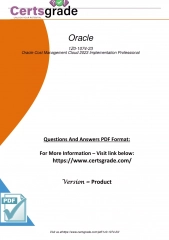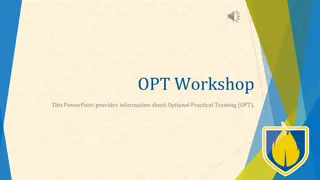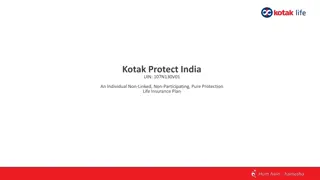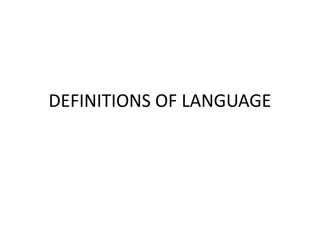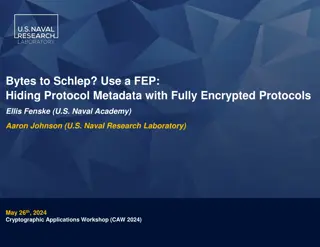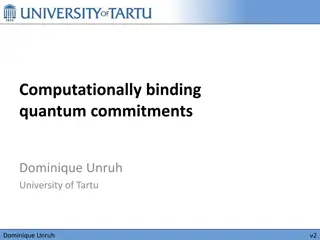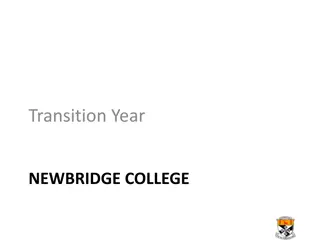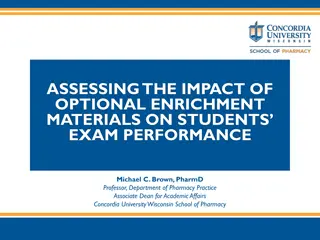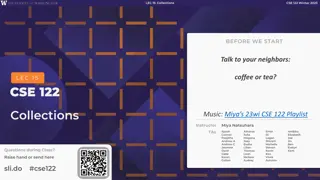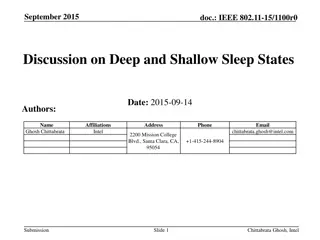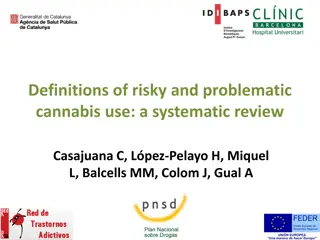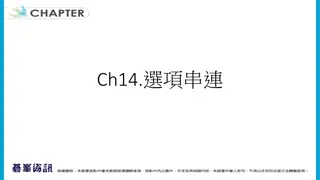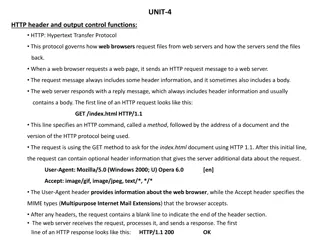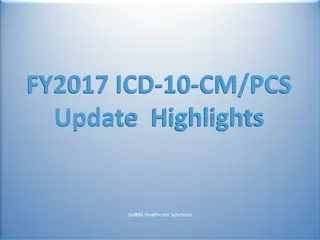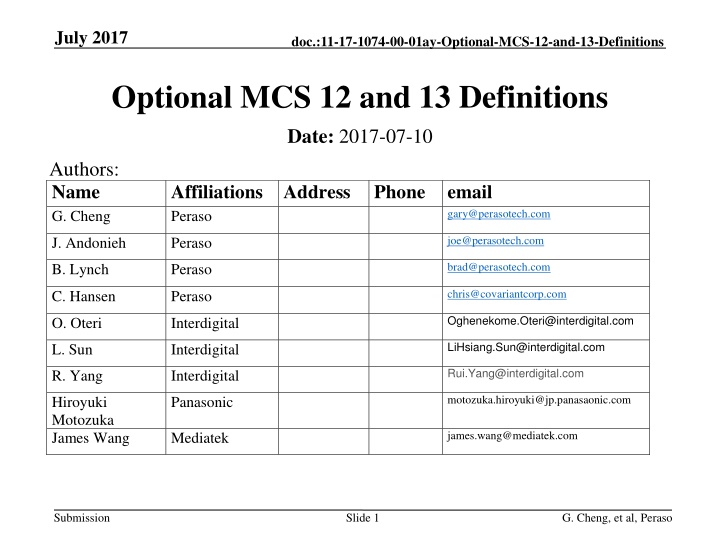
Enhancing Wireless Backhaul for 60 GHz Applications
Explore the optimization of backhaul transmission in 60 GHz applications through novel approaches such as using 8PSK modulation to improve signal-to-noise ratios and increase transmission range. The study delves into the benefits of utilizing different constellations and code rates, providing insights on how to enhance performance for backhaul systems.
Download Presentation

Please find below an Image/Link to download the presentation.
The content on the website is provided AS IS for your information and personal use only. It may not be sold, licensed, or shared on other websites without obtaining consent from the author. If you encounter any issues during the download, it is possible that the publisher has removed the file from their server.
You are allowed to download the files provided on this website for personal or commercial use, subject to the condition that they are used lawfully. All files are the property of their respective owners.
The content on the website is provided AS IS for your information and personal use only. It may not be sold, licensed, or shared on other websites without obtaining consent from the author.
E N D
Presentation Transcript
July 2017 doc.:11-17-1074-00-01ay-Optional-MCS-12-and-13-Definitions Optional MCS 12 and 13 Definitions Date: 2017-07-10 Authors: Name G. Cheng Affiliations Address Peraso Phone email gary@perasotech.com joe@perasotech.com J. Andonieh Peraso brad@perasotech.com chris@covariantcorp.com Oghenekome.Oteri@interdigital.com B. Lynch Peraso C. Hansen Peraso O. Oteri Interdigital LiHsiang.Sun@interdigital.com L. Sun Interdigital Rui.Yang@interdigital.com R. Yang Interdigital motozuka.hiroyuki@jp.panasaonic.com Hiroyuki Motozuka James Wang Panasonic james.wang@mediatek.com Mediatek Submission Slide 1 G. Cheng, et al, Peraso
July 2017 doc.:11-17-1074-00-01ay-Optional-MCS-12-and-13-Definitions Abstract Additional information on Optional SC MCS 12 and 13 using 8PSK is presented Submission Slide 2 G. Cheng, et al, Peraso
July 2017 doc.:11-17-1074-00-01ay-Optional-MCS-12-and-13-Definitions Outline Motivation Background Proposed new constellations and code rates Simulation Results Summary Straw Polls Submission Slide 3 G. Cheng, et al, Peraso
July 2017 doc.:11-17-1074-00-01ay-Optional-MCS-12-and-13-Definitions Motivation (1) 60 GHz backhaul applications will benefit from greater range Backhaul typically uses highly directional antennas Resulting channel has few reflections and therefore low inter- symbol interference Range is limited by available transmit power and required receiver SNR Friis Equation and the definition of receiver signal-to-noise ratio Combine and solve for range, R, as a function of SNR and transmitter power Submission Slide 4 G. Cheng, et al, Peraso
July 2017 doc.:11-17-1074-00-01ay-Optional-MCS-12-and-13-Definitions Motivation (2) Combined Equation Range is limited by the square root of the ratio of available transmit power to required SNR at the receiver By using 8 PSK instead of 16 QAM for MCS 12 and 13, we can greatly increase this ratio Submission Slide 5 G. Cheng, et al, Peraso
July 2017 doc.:11-17-1074-00-01ay-Optional-MCS-12-and-13-Definitions Background (1) 802.11ad contains moderate rate MCS modes with 16 QAM constellations QAM modulation will increase the peak to average ratio of transmitted signals relative to PSK modulations A given transmit power amplifier can send QAM at a lower power than PSK Submission Slide 6 G. Cheng, et al, Peraso
July 2017 doc.:11-17-1074-00-01ay-Optional-MCS-12-and-13-Definitions Background (2) Similar MCS entries are in the 802.11ay draft For MCS12 and MCS13, 8PSK with rate 2/3 and rate 5/6 codes will achieve the same PHY rate Submission Slide 7 G. Cheng, et al, Peraso
July 2017 doc.:11-17-1074-00-01ay-Optional-MCS-12-and-13-Definitions Background (3) For a given constellation, the peak power is the power of the constellation point at the greatest distance from the origin (center). The average power is the mean over all constellation points. Circular constellations, such as 8 PSK have a peak power equal to the average power. Thus, their peak-to-average power ratio (PAPR) is minimized 16 QAM PAPR = 18/10 = 2.55 dB 16 QAM PAPR = 18/10 = 2.55 dB 8 PSK PAPR = 1/1 = 0.0 dB 8 PSK PAPR = 1/1 = 0.0 dB Submission Slide 8 G. Cheng, et al, Peraso
July 2017 doc.:11-17-1074-00-01ay-Optional-MCS-12-and-13-Definitions Background (4) Transmission through practical pulse shaping filters will increase the resulting PAPR of PSK signals, however, they will still be less than 16-QAM signals that pass through the same filter Compression of QAM signals in non-linear components, such as mmwave power amplifiers, low noise amplifiers, and mixers, will also have greater impact on QAM signals than it will on PSK signals Compression tends to reduce the minimum distance between outer constellation points and increases the average EVM (error vector magnitude) Since bit error rate is a function of minimum distance, the bit error rate will be increased Submission Slide 9 G. Cheng, et al, Peraso
July 2017 doc.:11-17-1074-00-01ay-Optional-MCS-12-and-13-Definitions Background (5) 16QAM constellation after distortion created with the Rapp Model in the 802.11ay Evaluation Methodology Submission Slide 10 G. Cheng, et al, Peraso
July 2017 doc.:11-17-1074-00-01ay-Optional-MCS-12-and-13-Definitions Background (6) Even at a higher average output power, the 8PSK constellation is more tolerant of amplifier distortion Submission Slide 11 G. Cheng, et al, Peraso
July 2017 doc.:11-17-1074-00-01ay-Optional-MCS-12-and-13-Definitions MCS 12 and 13 with 8PSK (1) 8 PSK constellations with higher code rates can be employed instead of QAM constellation with lower code rates MCS 12: 8 PSK with a rate 2/3 code instead of 16-QAM with rate code Rate 2/3 code is generated by shortening the 802.11ad rate LDPC code On encoding, pad 168 zero bits to fill the codeword Do not transmit pad bits No new LDPC code is needed Apply pi/2 phase shift per symbol to 8PSK the same way we do for existing modulations in 802.11ay Slide 12 Submission G. Cheng, et al, Peraso
July 2017 doc.:11-17-1074-00-01ay-Optional-MCS-12-and-13-Definitions MCS 12 and 13 with 8PSK (2) MCS 13 8 PSK with rate 5/6 code instead of 16QAM with rate 5/8 Shorten the draft 802.11ay rate 7/8 code to rate 5/6 by padding with zeros to fill the information part of the codeword Padded zeros are not transmitted New LDPC code matrices are not needed Shortening code words is already a part of 802.11ad Submission Slide 13 G. Cheng, et al, Peraso
July 2017 doc.:11-17-1074-00-01ay-Optional-MCS-12-and-13-Definitions MCS 12 Simulation Results MCS 12 PER with 4096 byte packets, phase noise, and PA distortion. EVM = -19 dB 10 iterations on LDPC decoder 8 PSK requires 0.6 dB greater SNR at 1% PER 8 PSK TX power is 4.0 dB higher Net gain of 3.4 dB or 48% greater range Submission Slide 14 G. Cheng, et al, Peraso
July 2017 doc.:11-17-1074-00-01ay-Optional-MCS-12-and-13-Definitions MCS 13 Simulation Results (1) MCS 13 PER with 4096 byte packets, phase noise, and PA distortion. EVM = -20 dB 10 iterations on LDPC decoder 8 PSK requires 2.1 dB greater SNR at 1% PER 8 PSK TX power is 4.3 dB higher Net gain of 2.2 dB or 29% greater range Submission Slide 15 G. Cheng, et al, Peraso
July 2017 doc.:11-17-1074-00-01ay-Optional-MCS-12-and-13-Definitions MCS 13 Simulation Results (2) Reducing TX EVM (with more backoff) EVM = -22 dB 8 PSK requires 1.8 dB greater SNR at 1% PER 10 iterations on LDPC decoder 8 PSK TX power is 4.6 dB higher Net gain of 2.8 dB or 38% greater range Submission Slide 16 G. Cheng, et al, Peraso
July 2017 doc.:11-17-1074-00-01ay-Optional-MCS-12-and-13-Definitions Summary 8 PSK has been evaluated using the phase noise, PA models, and EVM targets for 802.11ay and 802.11ad Range increases of 29% to 48% are possible with MCS12 and MCS13 using 8 PSK instead of 16 QAM Existing 802.11ad / 802.11ay LDPC codes can be shortened to achieve the rate 2/3 and rate 5/6 codes required for 8 PSK No new encoder / decoder We propose optional MCS12 and MCS13 using these techniques for 802.11ad Submission Slide 17 G. Cheng, et al, Peraso
July 2017 doc.:11-17-1074-00-01ay-Optional-MCS-12-and-13-Definitions Draft Text Draft text is in preparation. Submission Slide 18 G. Cheng, et al, Peraso
July 2017 doc.:11-17-1074-00-01ay-Optional-MCS-12-and-13-Definitions Backup Submission Slide 19 G. Cheng, et al, Peraso
July 2017 doc.:11-17-1074-00-01ay-Optional-MCS-12-and-13-Definitions AWGN Channel Capacity Comparison From Bit- Interleaved Coded Modulation by G. Caire, G. Taricco, and Ezio Biglieri MCS13 (2.5 bits per symbol) MCS12 (2 bits per symbol) Submission Slide 20 G. Cheng, et al, Peraso

